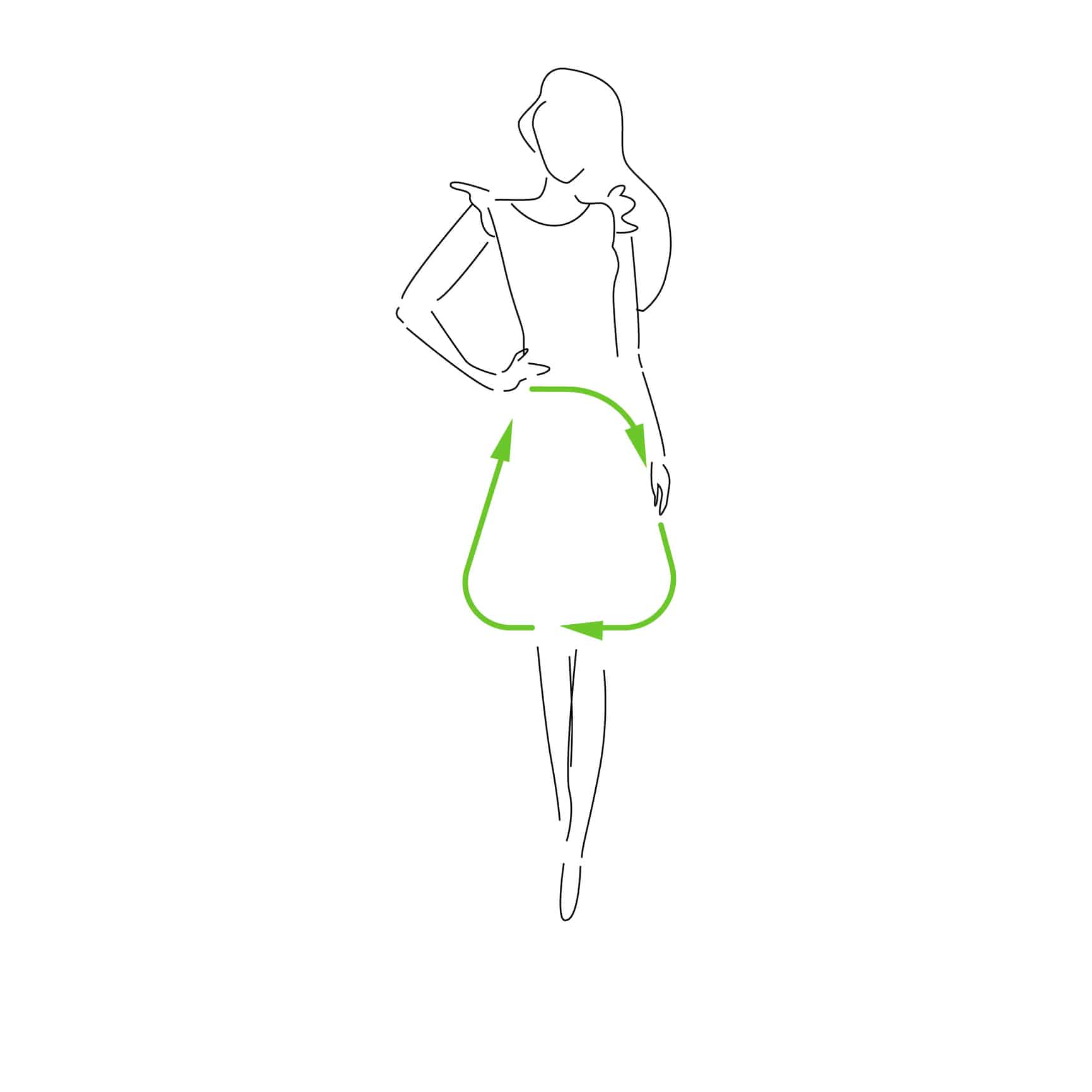Depending on businesses being sustainable or ethical is not enough anymore. It is time to empower yourself to make more sustainable and ethical decisions. It is for this reason we created Meet Your Wardrobe, a game changing platform that allows anyone to see the impacts of their buying and usage decisions.

In summary: Meet Your Wardrobe is a wardrobe tracking and analytics tool. Using wardrobe tracking as a way to become more sustainable, more ethical and show more empathy when making fashion related decisions.
Product Cost: Free for personal use to ensure making sustainable decisions based on data are accessible to everyone. We want to ensure cost is not a barrier to getting these insights.
We encounter people all the time that either want to be more sustainable but don’t know where to start or believe sustainability is important but don’t think individual change makes a difference. This product empowers them, shows them a way to not only begin their journey but also the impact that they can make as an individual.
This is one of the rare (if not the only) personal sustainability platforms available in the market today globally. Most if not all the focus so far in the market has been on manufacturers and sellers, but nothing significant for the end consumer. How can the end consumer make better decisions from a sustainability and ethical perspective…
Sustainability and being cognisant of the impact of what we wear needs to play a role in how we make purchasing decisions and indeed lead our life. The way in which this is achieved varies depending on who you talk to, but a common approach is to pursue the companies that make the products we consume, be it in the fashion or beauty industries. This is a valid and worthy approach, and indeed to effect change many pieces on the board need to move. However that said, something that is not commonly talked about is how we as individuals don’t hold ourselves to the same high standards we expect the companies we buy from to hold. We need to continually challenge ourselves to make better decisions, not only with regards to what we buy, but also with regards to how we use what we buy. That is one of the reasons why Meet Your Wardrobe was created.
For example, it’s important to hold brands to account and highlight that wasting 1000s litres of water creating garments is not ok. But it’s equally important that we realise that using your washing machine multiple times a week using close to 100 litres of water per wash is equally wasteful and damaging.
So how do you start on this journey? An important starting point when it comes to ethics or to sustainability in general is data.
Why? Because how do you know how to improve or indeed where to improve if you don’t know where you currently are? What most people don’t realise is that the simple action of using a product generates a significant amount of data. The amount of data grows so quickly and with such intensity that it turns into noise. Our minds are not built to process all this and abstract all this information away, and as a result we lose the significance and implications of our actions.
The average person doesn’t have the tools to break the noise into understandable signals.
In principle that sounds great, and you might be thinking that wardrobe tracking sounds like it involves a lot of work. If you were using a spreadsheet (as our founder started with which led to the development of this product) or noting things down on paper, indeed it does take a while, not only to constantly fill out the details, but do all the calculations and make those calculations usable.
That is where Meet Your Wardrobe comes in. It gives you a deep insight into not only what you wear, but how products that you wear are related to each other in your wardrobe and what the impact of wearing them is.
When you’re using Meet Your Wardrobe, we’ve created a handy free calculator which is also available to help you calculate product impact, which assists you with populating the product details when you’re adding products to the platform: https://meetyourwardrobe.com/product-impact-calculator/
One you have added your products to your virtual wardrobe and filled out the required product details, all you need to do is click on Wear or Clean and add the respective date of the action i.e. every time you wear or clean them… that’s it. A couple of seconds at most!
Once you start using the platform over time some of the key metrics that get generated are:
Water Used. Once you start using the clean tracking and if you have filled out the required data at the product level, over time you will start being able to see the amount of water you’re using on a product and wardrobe level. This is an important statistic, as you can make better decisions about how to clean your products, reducing water waste as a result.
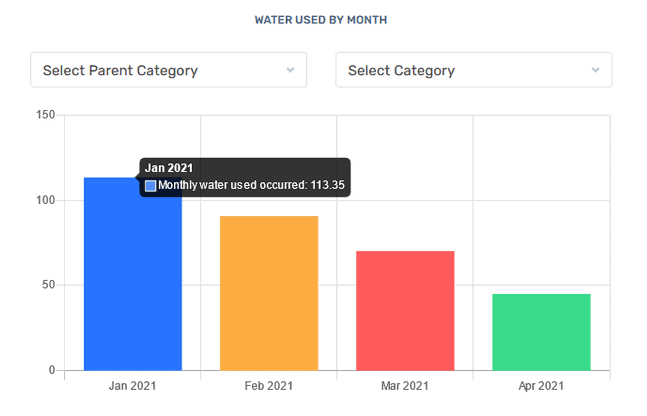
Carbon Impact. Everytime you use your washing machine, you don’t only use water. It consumes a large amount of electricity. As you register your cleans you will start seeing what your carbon emissions are, again on a product and wardrobe basis.
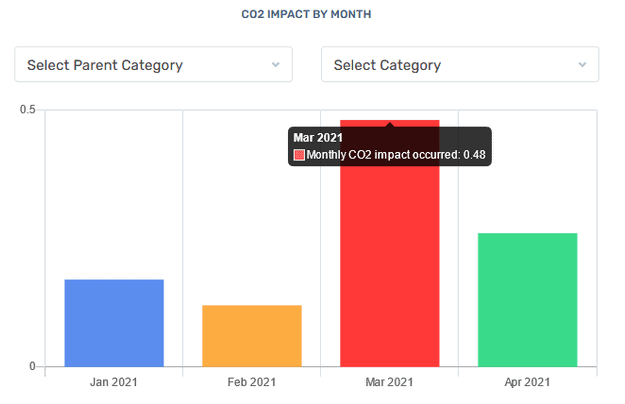
News in the Country of Manufacture. For each product, we look up the latest news from the country of manufacture and load it into the News tab on a daily basis. I think we easily lose sight of where our clothes are made. Too often we end up overlooking what happens in these countries. Does that feel right? Shouldn’t we have more empathy? These workers make products that we intimately know, our clothes, yet we often have little to no idea of what is going on in the countries where these workers are making the products that we wear. This feature makes it a bit more convenient to stay in the loop on current news affecting countries where your clothes are made.
NOTE: We use The Guardian as our news source.

Wardrobe usage. As you use the platform, over time you will get a picture of what percentage of your wardrobe you’re actually using. This will allow you to understand whether you need to consider selling these unused products if you’re not wearing them and they’re in good condition, or recycling them. It also allows you to consider not purchasing new products if you are already under-utilising your wardrobe.

Minimum Approximate Distance Travelled between the country of manufacture and your country. This allows you to see the scale both at the individual product level and at the wardrobe level of the effort needed to get product to you and the possible environmental impact that it involves. The products don’t magically appear at your location, they are shipped, flown or driven to where you are.
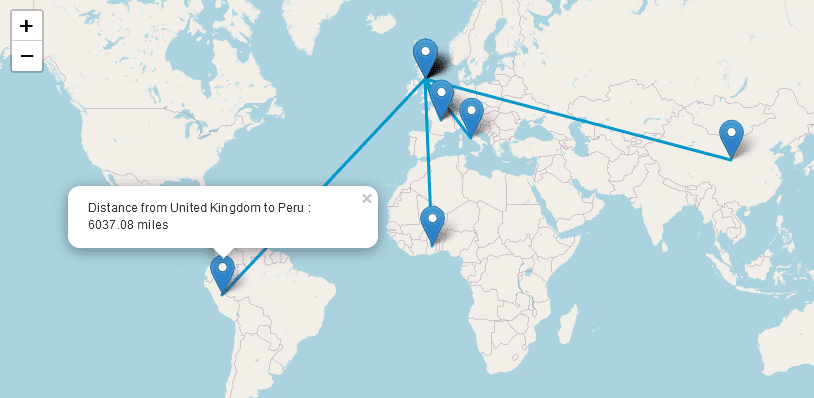
Distance per wear. This is a depreciation method created as a way to compare products across the wardrobe. Plus it is a useful metric that allows you to compensate for manufacturing countries that are further away by making sure you utilize those products more. You can see the more you wear the product, the closer to zero you get. I.e. the further away the country is, the more you need to wear it to get the value down to zero.

Worn on the same day. Start seeing the relationships between the clothes that you wear in an easy to consume manner. This will allow you to make quicker decisions when putting together outfits or even replacing items in your wardrobe.
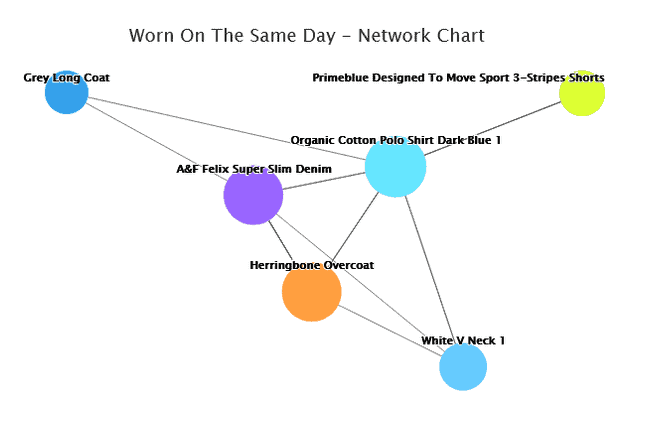
Product Component breakdowns. When you have quite a few different types of clothes/products in your wardrobe trying to keep track of the materials you’re wearing can become difficult. This is even more important if you’re trying to understand if your product breakdown is currently sustainable and to be able to create a benchmark to start moving towards using more sustainable materials.

Cost Break down. We sometimes overlook the lifetime cost of wearing a product. Things like dry cleaning costs, alternations, etc start to add up over time. Seeing this displayed allows you to understand the real cost of the product and if it’s worth purchasing again.

Product Comparisons on a per use basis. When you start breaking things down on a per use basis you get insights that go further than perceived quality. It gives you insights into robustness, actual quality and maintenance costs
In the example below you can see two coats, the Herringbone Coat with a RRP of £600 and Made in Romania, and a Grey Coat with a RRP of £280 and Made in Lithuania. Just from this information you would think that the Grey Coat is possibly more value for money because it is cheaper and it’s manufacturing location is marginally closer i.e. less miles travelled so (abstracting out scale) less emissions generated. However over time (in this case) on closer inspection you might notice that the reverse is true, i.e. the Herringbone Coat is better value for money. You can tell this because the cost per wear is lower during the comparison period, meaning you wore it more and got more utility out of it. Plus this shows the distance per wear was lower as well meaning that it nullifies that the product was produced further away.
These insights allow us to better understand which brands we should be further investing in, what products suit us more, plus a multiple other dimensions of comparisons which become available which can aid future decisions.

There you have it. Just by tracking wears and cleans you can start getting deep insights into what you wear and how you wear them. This journey will allow you to make decisions with confidence that are more sustainable and more ethical, doing it in a more empathetic way.
This is just the beginning… there is a lot more information that you can start gathering and many more charts to view once you start using the platform. The important thing is that it allows you to take control of your sustainability footprint and remove the guesswork.
| Cookie | Duration | Description |
|---|---|---|
| cookielawinfo-checbox-analytics | 11 months | This cookie is set by GDPR Cookie Consent plugin. The cookie is used to store the user consent for the cookies in the category "Analytics". |
| cookielawinfo-checbox-functional | 11 months | The cookie is set by GDPR cookie consent to record the user consent for the cookies in the category "Functional". |
| cookielawinfo-checbox-others | 11 months | This cookie is set by GDPR Cookie Consent plugin. The cookie is used to store the user consent for the cookies in the category "Other. |
| cookielawinfo-checkbox-necessary | 11 months | This cookie is set by GDPR Cookie Consent plugin. The cookies is used to store the user consent for the cookies in the category "Necessary". |
| cookielawinfo-checkbox-performance | 11 months | This cookie is set by GDPR Cookie Consent plugin. The cookie is used to store the user consent for the cookies in the category "Performance". |
| viewed_cookie_policy | 11 months | The cookie is set by the GDPR Cookie Consent plugin and is used to store whether or not user has consented to the use of cookies. It does not store any personal data. |
Create your free account and begin your sustainability journey.
